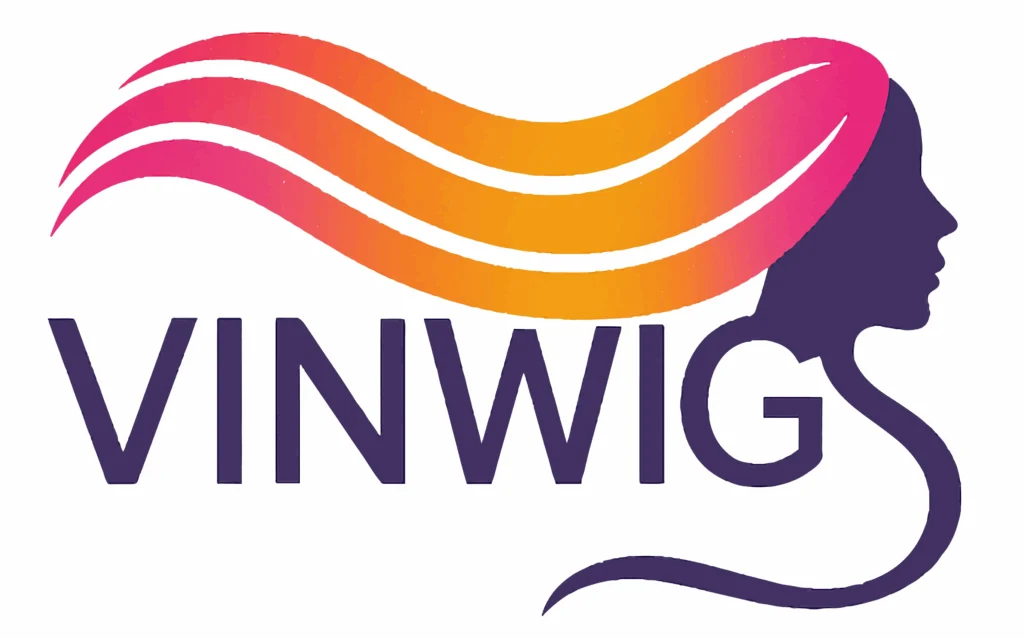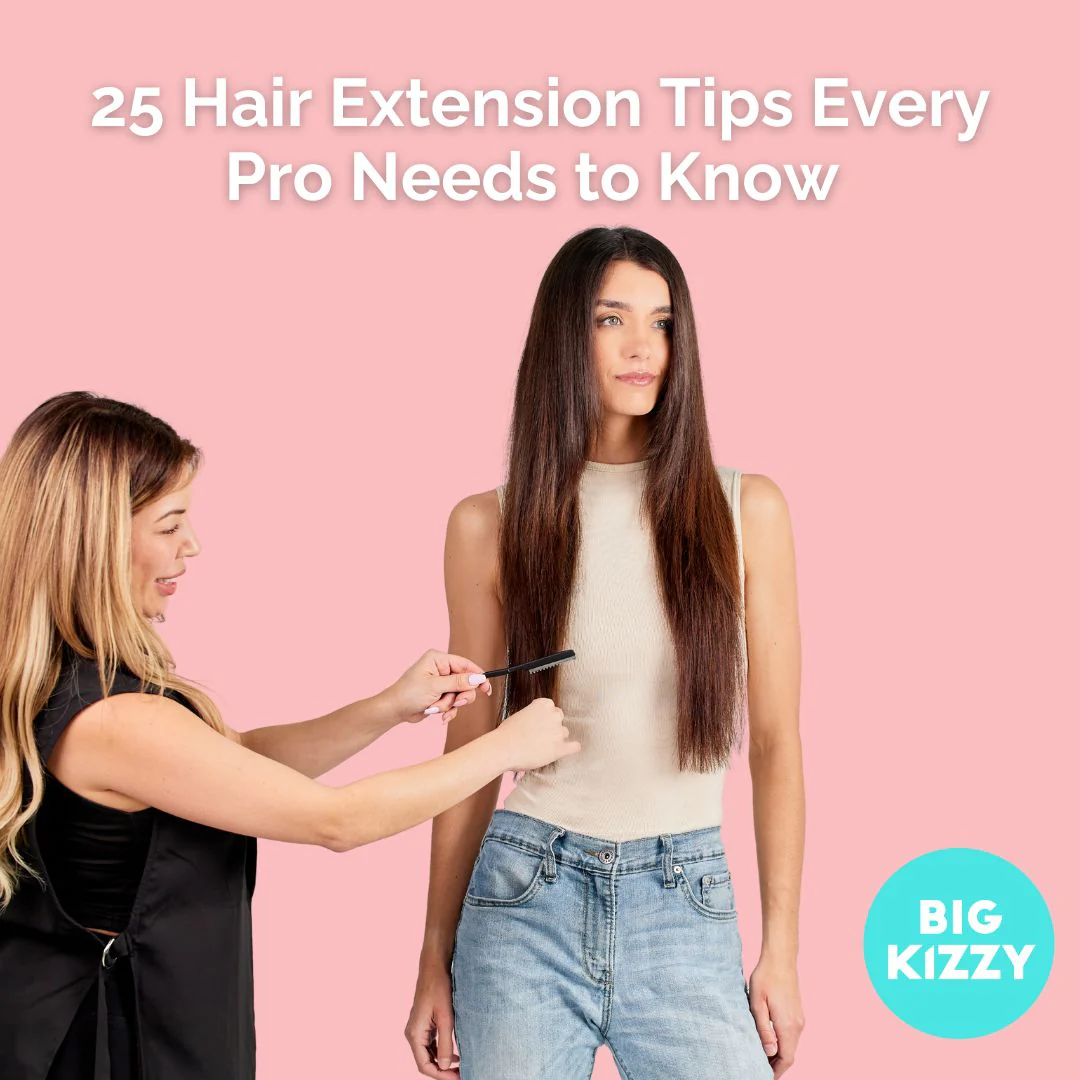U.S. Tariffs on Chinese Hair Products: What It Means for Wigs & Extensions Retailers
Tariffs on imports from China—originally set as high as 145% and later lowered to 30%—are significantly affecting price and availability in the Black haircare industry, from synthetic braids to human hair extensions and wigs .
📈 Rising Costs & Industry Challenges
-
Essential styling tools, packaging, and hair products like braids, weaves, and wigs are predominantly imported from China, making them subject to hefty tariffs .
-
Salons across the U.S. are now facing rising wholesale costs, and some are reluctantly passing those costs onto customers—many of whom spend hundreds monthly on hair services .
-
Stylists report increasing expenses for shipping and sourcing hair extensions, with some salon owners already raising prices or asking clients to bring their own hair to avoid further hikes .
🎯 What This Means for Your Wig & Extensions Store
-
📦 Diversify Your Suppliers
-
Expand beyond Chinese manufacturers. Source products from India, Europe, or other regions to mitigate tariff risks.
-
-
💬 Be Transparent with Customers
-
Clearly communicate any price increases, explaining the impact of global tariffs and supply chain disruptions.
-
-
💡 Add Value
-
Offer bundled services, loyalty rewards, or educational workshops to offset rising costs and foster customer loyalty.
-
-
📦 Stock Strategically
-
Increase stock of high-demand items before any further tariff changes hit—avoid shortages and pricing spikes.
-



